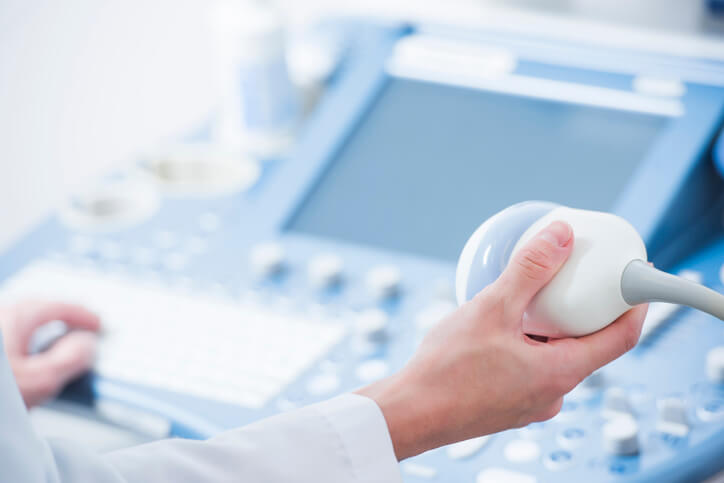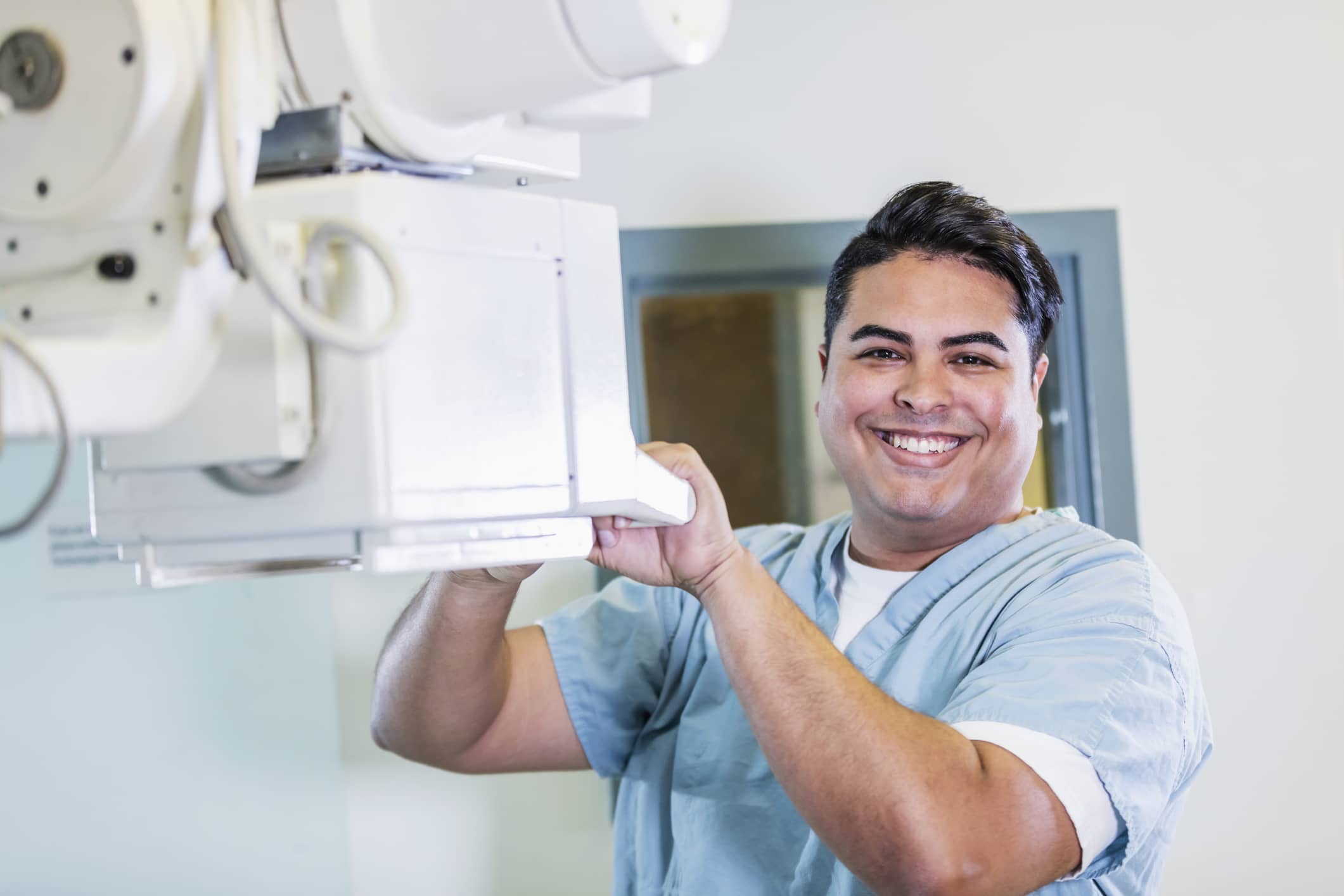
How Ultrasound Technologies are Changing the Medical World
The first paper on medical ultrasounds was published in 1942, and ultrasound technologies have steadily improved the way doctors and nurses practice medicine since that time.
With incredible positive impacts on diagnosis and treatment, it's difficult to imagine the medical industry without the use of imaging technologies. Read on to find out five ways ultrasound technologies have changed the face of medicine.
Visit AMN Healthcare to apply for an open traveling sonographer position and take your skills on the road.
5 WAYS THE MEDICAL WORLD HAS BEEN CHANGED BY ULTRASOUND TECHNOLOGIES
1. They help medical professionals examine internal abnormalities on soft tissue
Before ultrasound technologies, the medical community had to rely on surgical options to get a detailed look at internal soft tissue. Until sonograms were available, the only non-invasive options for looking inside the human body were x-rays and CT scans.
Traditional x-rays are most useful for bone abnormalities, and CT scans are not always available because they're expensive.
Now abnormalities, such as soft-tissue masses, can be detected and assessed using the more advanced imaging technologies we have available without putting patients through needless surgical procedures.
2. Ultrasound technologies provide internal images in real time
Other imaging technologies used in medicine rely on still images. Although these images can be useful as diagnostic tools, sometimes the way an organ behaves can give clues to how well it is functioning.
Ultrasound technologies allow doctors and nurses to watch internal organs move, in real time, so they can accurately assess any abnormal activity.
For example, cardiac professionals now use echocardiograms to detect issues such as heart valve abnormalities.
3. They allow us to better monitor fetal health while still in the womb
Few medical fields are as profound as obstetrics, and ultrasound technologies have revolutionized the way we monitor fetal health.

With real-time, 2D and 3D imaging, ultrasound technicians and doctors can assess fetal growth and development, check for congenital abnormalities and determine the gender, all while the fetus is still safe within the womb.
Mothers are also better protected as ultrasound technologies aid in confirming suspected ectopic pregnancies, allowing medical intervention before the woman's life is threatened.
4. Imaging technologies help with precise medical procedures
Doctors are able to use ultrasound technologies to better see delicate medical procedures as they are being performed. Precise procedures, such as ultrasound-guided biopsies or spinal taps, can be conducted without unnecessary damage to the surrounding tissue.
The use of imaging technologies makes the procedure less invasive and more accurate.
5. Ultrasound technologies allow doctors to view blood flow
Doppler ultrasonography is one of the more advanced imaging technologies that allows medical professionals to see blood flow.
This is especially useful in the detection of blood flow blockages, such as clots, abnormal increased blood flow that may indicate infection, narrowing of blood vessels, vascular tumors or malformations and blood flow restrictions. Some Doppler ultrasounds can even detect the speed and direction of blood flow.
Additional Allied Travel Resources
While you continue your search for the perfect allied healthcare position, AMN Healthcare provides great resources to keep your career moving in the right direction. Begin the application process now, and then learn more about how AMN Healthcare can help you keep your career on the move.
- EAP: Our allied travelers gain access to a valuable set of Employee Assistance Program benefits.
- Allied Travel Jobs by Specialty: Explore allied jobs and learn about hourly salaries and the benefits of working in travel jobs.
- Search All Allied Jobs: Uncover new possibilities in your allied career by exploring both short and long-term options.
- Allied Healthcare Jobs: Learn how we can help move your career in amazing directions, both professionally and geographically by exploring opportunities by each state.
- More Allied Resources: Use the content here to learn everything you need to know about our allied recruitment process, including information on salary and benefits.



